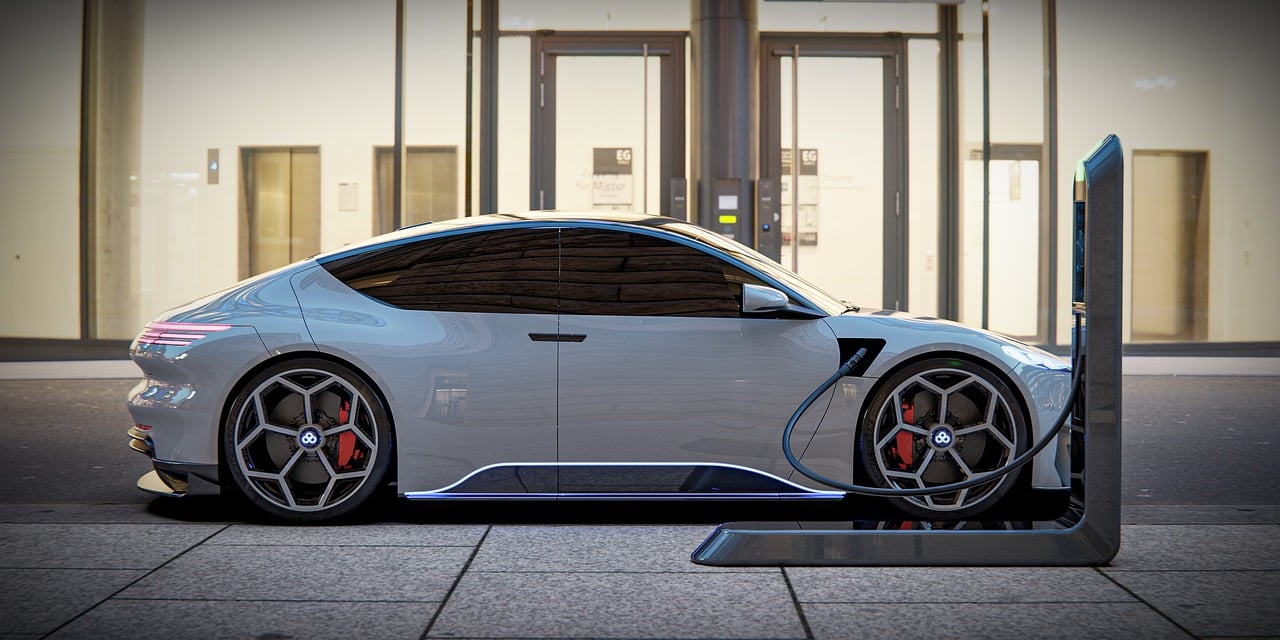Electric vehicles (EVs) are transforming transportation, yet many people still hesitate because of lingering myths about electric vehicles. From questions about cost to worries about charging, these misconceptions can slow down adoption and fuel unnecessary doubt. This guide clears up the 12 biggest myths so you can see the real picture.
Why Mythbusting Is Necessary
False assumptions shape how people view EVs. They influence policy, discourage investment, and make drivers hesitant to switch. Understanding the facts helps buyers make smart choices and supports cleaner, more efficient transport.
12 Myths About Electric Vehicles — Debunked
1. EVs are worse for the climate
Truth: Even when powered by coal-heavy grids, EVs usually produce fewer emissions over their lifetime than gas cars. As more renewable energy enters the mix, the advantage grows. According to the International Energy Agency (IEA), lifecycle studies consistently show EVs emit less over time.
2. Battery manufacturing cancels out benefits
Truth: Making batteries does create emissions, but once the car is on the road, EVs quickly offset this impact. Recycling and improved production methods further reduce the footprint.
3. EV batteries don’t last
Truth: Most EV batteries hold 80–90% of capacity after 8–10 years. Warranties often cover at least 8 years or 100,000 km, showing manufacturers’ confidence in EV battery life.
READ ALSO: The Ultimate Guide to Cleaning and Maintaining Custom Wheels (For Longevity, Shine & Safety)
4. EVs don’t have enough range
Truth: Many new EVs exceed 300 km on a single charge. Considering most drivers travel under 50 km daily, range anxiety is more myth than reality.
5. Charging takes forever
Truth: Overnight home charging is enough for daily needs. On longer trips, fast chargers provide up to 80% charge in under 40 minutes.

6. There aren’t enough charging stations
Truth: Public charging networks are expanding quickly. Most EV owners charge at home or at work, proving that infrastructure is already practical for many lifestyles. The U.S. Department of Transportation explains how fast-charging networks are expanding and cutting downtime.
7. The electric grid can’t handle EV adoption
Truth: Smart charging and load management make mass adoption possible. In fact, EVs could eventually help stabilize grids through vehicle-to-grid technology.
8. EVs are too expensive
Truth: Upfront costs can be higher, but EVs save money on fuel and maintenance. With fewer moving parts and government incentives, the total cost of ownership often favors EVs.
READ ALSO: How To Clean Car Headlights: Complete DIY Guide With Kits and Long-Term Fixes
9. EVs are unsafe
Truth: EVs meet the same crash-test standards as conventional cars. Their low center of gravity improves stability, and advanced battery protections reduce fire risks.
10. EVs are boring to drive
Truth: Electric cars deliver instant torque for quick acceleration. Many EVs outperform traditional cars in speed and handling, making them exciting to drive.
11. Resale value is poor
Truth: The used EV market is growing fast. Better tools to check battery health are boosting buyer confidence, and demand continues to rise.
12. Dead batteries make EVs useless
Truth: Batteries that no longer power cars effectively still work in second-life uses like home storage. Recycling recovers valuable materials, keeping EVs useful and valuable.

Myths in Context: Africa and Beyond
In regions like Nigeria, unique challenges add to misconceptions. Frequent power outages raise doubts about charging. High import costs and limited infrastructure discourage adoption. Yet, solutions like solar-powered charging stations and microgrids show how EVs can succeed even in tough environments.
How to Spot Misleading Claims
- Check whether claims are based on peer-reviewed studies.
- Watch for cherry-picked statistics showing only worst-case results.
- Compare total lifecycle emissions, not just one stage.
- Question blanket statements like “EVs are always more expensive.”
READ ALSO: Amazon’s Best Portable Tire Inflators In 2025 (Tested): Which One Should You Keep in Your Trunk?
Conclusion
The most common myths about electric vehicles often sound convincing, but the evidence tells a different story. From charging convenience to battery life, EVs are proving themselves to be cleaner, safer, and more cost-effective than many people realize. The next time you hear one of these misconceptions, share the truth, because better knowledge drives better choices.


